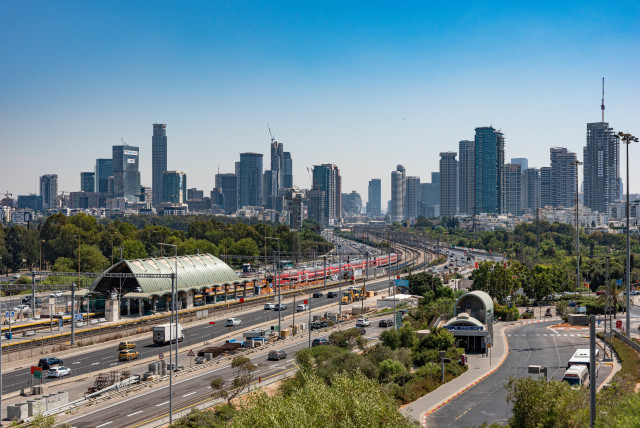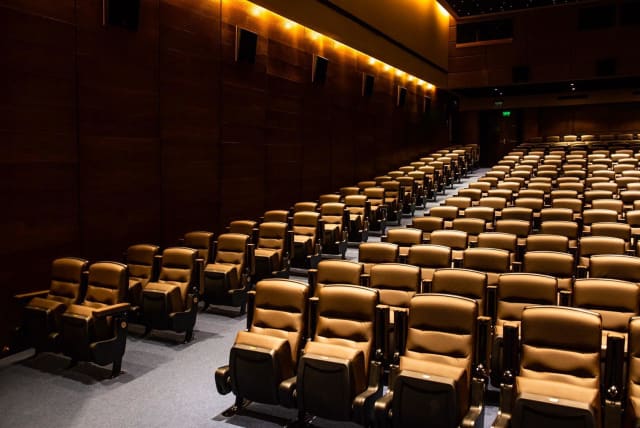The Crossing Frontiers exhibition showing at the Nassima Landau Art Foundation in Tel Aviv, until July 30, unites works by six contemporary Chinese artists who have witnessed first-hand the rapid transformation of Chinese society and been exposed to international geopolitical events.
According to the exhibition’s curators Tamar Arnon and Eli Zagury these young artists represent “a new generation of Chinese artists, deeply connected with their culture but also genuinely engaged with the wider Asian and Western art worlds.”
Using their artistic voice to create intimate and intricate paintings that emphasize their spiritual values and explore their Chinese cultural identity in its broadest sense, the artists have masterfully developed their paintings and firmly secured their positions on the international scene.
The large work that welcomes visitors to the exhibition, “Persian Cat” by artist Ji Xin is a beautiful and timeless portrait of an elegant woman sitting on a chair with a cat next to her feet. Born in Nantong, Jiangsu Province in 1988, Ji Xin received a BA and an MA from the oil painting department at the China Academy of Art in 2010 and 2013.
He lived in Paris in 2012 as a visiting artist via an exchange project of CAA in 2012. Ji Xin explores Eastern and Western classical aesthetics, focusing on Renaissance iconography and forms of painting from the culturally brilliant Song dynasty (960–1279 CE). He depicts women in serene poses, set in clearly defined elegant interiors, using subdued colors.
“My mother’s work was to paint furniture, using traditional Chinese methods. I watched her as a child and I learned the technique, learned how to paint with precision,” he explains.
In his work, traditional Eastern modeling methods and Western oil painting techniques are intertwined, presenting an examination of the forms and realms of Song dynasty painting, as well as a glimpse of his research into Renaissance iconography and the glazing of light and shadow. His works are delicate and mysterious, presenting the figure as a detached and idealized reality.
Hou Zichao’s practice involves mixed media, focusing on the ambivalent relationship between humans and nature. His landscape observations, inspired by a long tradition of Chinese landscape painters, are underlined by a fine balance between “chaotic” images and more contemporary abstract intentions.
“I love to be outside. I like to hike and bicycle a lot. During COVID I was closed in my studio for almost two years, so I painted what I saw out of my window. Now I am back to traveling. I sketch on my IPad, and then I work in the studio from memory,” he says.
The paintings of his contemporary, Xia Yu are quite different. They reflect on the everyday lives of ordinary people in his society, with their mundane helplessness, inadequacies, and their happiness and joy. Yu displays their emotions subtly, softened by the use of his signature tempera technique (binding pigments with the use of egg yolk).
Xie Lei portrays humans and natural elements closely incorporated into their surroundings. He often eschews delineating ground from sky, and foreground from background, conveying a sense of ethereality.
Engaging with her own vulnerability through the expression of self-estrangement, New York-based Fang Yuan’s abstract paintings are informed by her experiences as an Asian woman living in exile in the context of cosmopolitanism.
Leng Guangmin's process-based experimental-contemplative practice combines traditional Chinese techniques of layering and paper cutting with the more recent medium of spray painting to spawn visually stimulating meticulous images. In his work, gentle wavering and randomness find their way into carefully organized images, often from nature.
Crossing Frontiers-Contemporary Art from China, Nassima Landau Art Foundation.
Until July 30, www.nassimalandau.com.








































































































